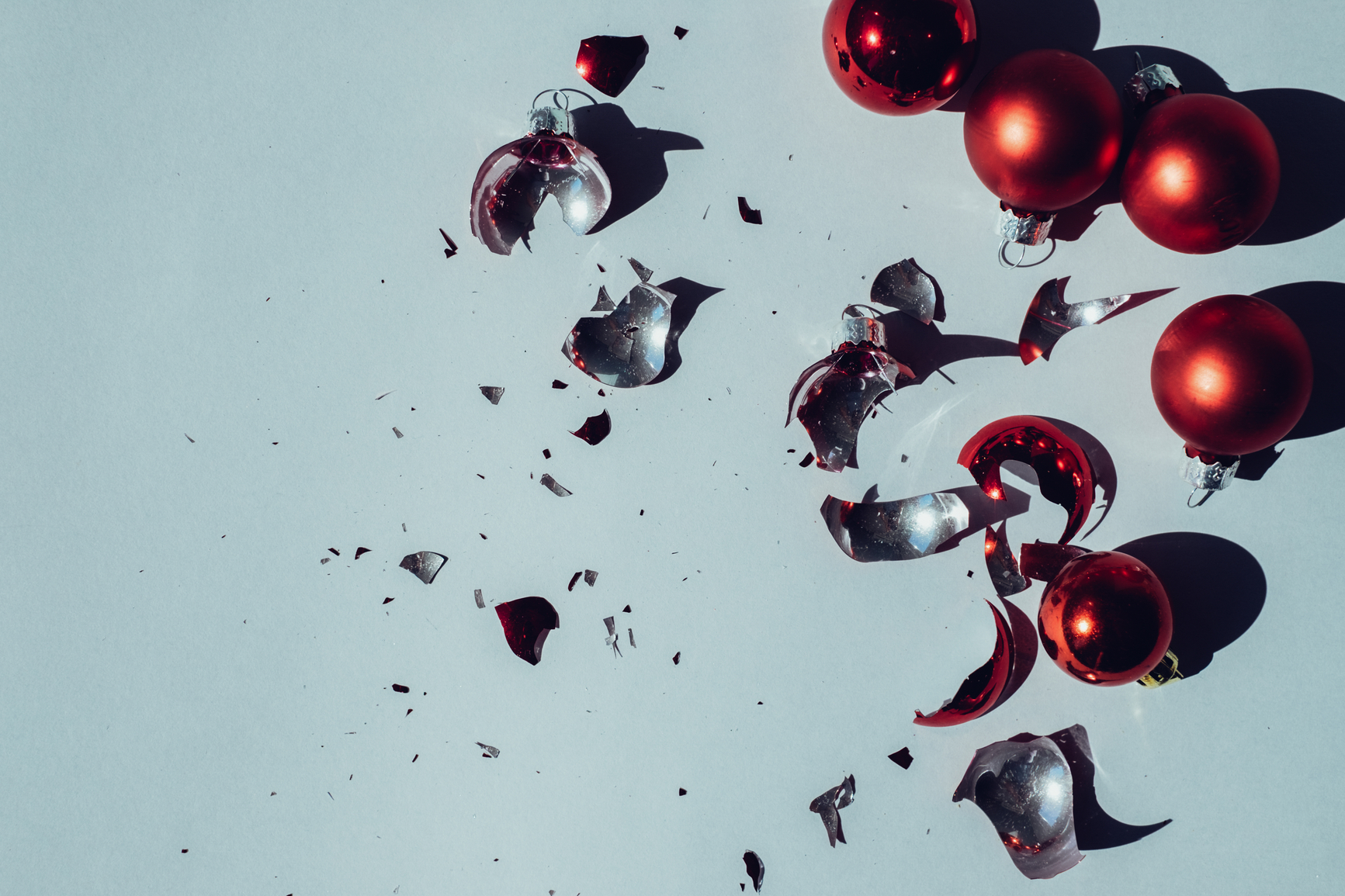Finding that perfect gift for a loved one is one of the best feelings in the world. And when you give or receive a gift, the last thing you want to worry about is whether or not the product works the way it should.
Generally, we use a countless number of products every single day. From the electric toothbrush you use morning and night to the rice cooker you rely on for easy dinners, products are intended to provide value and convenience in some way or another.
A product failing to meet your expectations is one thing; a product that is unsafe or dangerous is another matter entirely. Of course there may be inherent risks with certain products, but if you are using the product the way it is intended, the expectation is that it shouldn’t cause you harm. When a product fails to meet this standard of safety, causing injury, it’s possible to recover damages for the injuries caused by the defective product.
Injuries caused by defective products are far more common than you might think. Every year, dozens of products, such as toys and food items, are recalled due to unexpected safety hazards. Remember when the Samsung Galaxy Note 7 was recalled back in 2016 due to faulty batteries that would catch fire? This is one example of a wide-scale incident that truly shows the dangers of defective products and the repercussions they could cause.
If you or a loved one has been hurt due to a defective product, it’s important to know your options in order to take appropriate action in the situation that you do choose to file a claim.
Sources of Product Liability in Ontario
To help determine whether you may have a claim, it’s important to understand the different ways product liability may manifest.
There are a variety of different parties that could be held liable for defective products, including manufacturers, importers, wholesalers, retailers, product owners, and distributors.
Faulty Design: A manufacturer has a duty to produce products designed with safety as a priority, in line with the duty of care they owe to those who may buy their products. If a product is released despite evident design flaws, the manufacturer of the product could be held liable for damages.
Issues with Manufacturing: Perhaps the design of the product is sound, but the execution of the physical model is not. Poor manufacturing practices could result in numerous product issues. Perhaps employees responsible for manufacturing failed to execute the correct procedures due to an oversight, or lack of clear direction. If an issue is found with the process of manufacturing, liability will fall on the manufacturer.
Insufficient Instructions/Warnings: With nearly every product, there are corresponding instructions. If there are instances where a product could be dangerous, it is up to the manufacturer to disclose this information via the instruction manual. This is especially important for items where one cannot easily assume its correct use. Warning labels in particular must be properly communicated to best describe the specific risks.
Duty of Care and Proving Negligence
A viable personal injury claim should establish the following:
- The defendant owed a duty of care to the plaintiff;
- The defendant fell elbow the standard of care that was owed to the plaintiff; and,
- The breach resulted in injuries to the plaintiff.
It’s important to note that a claim is only viable so long as the injury resulted from appropriate use of the product. If an individual used the product in an improper manner, it could raise the issue of contributory negligence.
Potential Damages
Product defects can cause injuries as minor as a superficial cut, to damage as major as spinal cord injuries, or third degree burns.
A plaintiff could receive damages including:
- Medical expenses present and future;
- Cost of disability;
- Loss of wages or competitive advantage;
- Property loss or repair; and,
- Pain and suffering.
How a Product Liability Lawyer Can Help
Product liability cases are never clear-cut. There are a plethora of products available for use, which means that every incident will be different. Furthermore, it can sometimes prove difficult to draw a clear correlation between an injury and the use of a product.
As such, it’s important to enlist the help of a skilled product liability lawyer to help determine the appropriate course of action towards a personal injury claim.
Proper management of a successful claim requires a strategy that includes the gathering of necessary documentation and evidence, and the ability to view the whole scope of the incident, complex as it may be.
With proper legal guidance, you have a lawyer in your corner who is willing to fight for you, and ensure that you receive the damages you are entitled to.
Your Next Steps
From the moment you are injured, there are steps you can and should take following an accident.
The most important thing to remember is the importance of evidence – if you don’t keep the evidence of the faulty product, it is far more difficult to showcase the product’s defect, and therefore connect the incident to your injuries.
From there, see a doctor if you need to. Make sure your injuries are cared for, and make sure you describe the accident in thorough detail to your doctor or specialist. Your testimony is documented in medical records, which ultimately goes towards the viability of your claim. It also allows you to get a handle on the scope of your injuries, what your treatment plan will look like, and how your injuries may impact your day-to-day life.
After seeing a doctor, consider seeking legal guidance. We at Gosai Law are dedicated to getting you the resolution you deserve, whether it’s for medical rehabilitation expenses or other avenues where you may require financial assistance.











